Audience engagement ≠ community engagement
Journalists have conflated audience engagement and community engagement for way too long — and in 2022, we’ll finally start treating them as distinct, complementary newsroom functions. The first is focused on building habit, loyalty, and audience revenue. The second is about understanding voids in the local ecosystem and positioning the newsroom to help fill those.
A prediction about definitions probably sounds academic. But “audience engagement” and “community engagement” have become so buzzy and overused that they’ve ceased to have clear meanings, undermining newsrooms’ efforts to staff and perform two critical functions. Job descriptions are drowning in jargon that mask the fact that many newsrooms don’t really know what those jobs entail.
At INN Days in 2021, Anna Nirmala, John Ketchum, and I began trying to untangle the terms “audience” and “community.” We asked several news leaders how they would distinguish between being audience-centric and community-centric. Some consistent threads emerged.
When I think of audience-centric, I think of being very data-driven in your decision-making — analyzing the performance of articles and newsletters and incorporating that into your decision-making.
Community-driven, to me, is one-to-one. It’s physically or digitally appearing where people are and listening to what they think and incorporating that into your decision-making.
Mazin Sidahmed, Documented
Audience-centric reporting — which centers the people currently reading our journalism — is important to us, as is listening to our audience to determine what journalism they want and need…
To us, community-centric reporting centers the community the story is about and rings true to that community. Hopefully when this work is done well, it is interesting and unearths some insight for people outside that community who may be part of our audience. And when the reporting is truly community-centric, it can potentially bring those community members into our audience.
Erica Peterson, Mountain State Spotlight
We use audience data and surveys to know and understand our audience, and we continually optimize how we deliver news based on the needs of our readers. We also find ways to constantly and consistently engage with our audience with the goal of enhancing readers’ lives through the content and resources we share…
Community-centric is about embedding ourselves in communities and building relationships with community stakeholders so we can build trust and deepen loyalty among readers. By being present, literally and intellectually, we can better understand the needs of communities and shine a light on issues that matter most to those readers. Listening and understanding leads to more meaningful storytelling.
Lauchlin Fields, Mississippi Today
The term audience is most often attached to numbers, data, and this silent question of what can we get out of one another to meet our personal needs. There is also the larger and more self-defeating problem of ‘the audience’ being defined in many newsrooms as white, cis-gendered, and not disabled.
Community-centric turns that on its side and asks us to consider who people are, what the collective needs to make the individual more sustained, and how we can be of service to one another.
Candice Fortman, Outlier Media
There are revenue imperatives to understanding the difference between the two.
As local newsrooms turn to philanthropic support and corporate sponsorships for larger slices of their revenue pie, it won’t be enough to show consistent audience growth or strong membership conversion rates from a newsletter.
“Local news is good for democracy” isn’t going to cut it much longer, either. There is immense need in every community for every sector. If local newsrooms are going to rank alongside direct service providers seeking support from the same philanthropic people and institutions, newsrooms will have to show that they are listening beyond their existing audience and taking steps to strengthen the community, not just report on it.
But news organizations’ development officers can’t pitch their work as community service if there isn’t evidence to back it up. Here at Southern California Public Radio, direct service provision looks like answering more than 6,000 questions about Covid-19 to help keep Angelenos safe and producing a guide for students of all ages to overcome obstacles on the path to higher education. (SCPR operates the public radio station KPCC and the digital news site LAist.)
Newsrooms will also have to learn how to tell a story about their community and situate themselves within that story. Jay Allred from the Richland Source suggests that newsrooms position themselves as a “wise and trustworthy guide,” not the hero nor someone who remains at arm’s length. Allred’s advice corroborates what the Membership Puzzle Project learned in its research into what motivates people to become members— you’re inviting people to join a cause, to fix something that feels broken in the world.
Newsrooms won’t find the key to any of this in their analytics. This is where processes and disciplines such as information needs assessments, stakeholder and asset mapping, listening sessions, human-centered design, and systems thinking come in. And they’re going to need someone to lead that work — someone who isn’t also tasked with executing audience growth and retention tactics such as A/B testing newsletter subject lines, SEO optimization, and heading off member churn.
Investing in this work will do good for reporting and product development, too, not just fundraising. The journalism will hew closer to the community’s information needs, editorial staff will better understand how people in their coverage area seek and consume information, and the story they tell about their community will ring truer.
As far as predictions go, I think this is a pretty safe one (which is good, since my 2021 prediction that local newsrooms would loosen their paywalls turned out to be spectacularly wrong).
Why do I think it’s such a safe bet? My newsroom is already doing it. In November, I joined SCPR as its first senior editor for community engagement. I oversee our engagement team, which handles what we would describe primarily as community engagement — hosting listening sessions and researching the information needs of Angelenos underserved by journalism, among other things. The LAist digital team handles what we would describe as audience engagement. Their portfolio includes newsletters, social distribution, and SEO strategy. The two teams collaborate on campaigns, editorial routines, and products that enrich the lives of Angelenos, such as callouts and the repackaging of site content for social-first storytelling.
One of the first things we’re tackling is a clearer understanding of my role operationalizing community engagement and the audience team’s role bringing readers and listeners down the audience funnel. Success will require not just close coordination between these two teams, but a recognition that we serve overlapping but different functions in our newsroom — for example, making sure the insights gained from community engagement make their way into audience, product, and editorial decisions, too.
We’re not the only ones taking this step. The Philadelphia Inquirer recently hired its first senior editor for communities and engagement. The Lenfest Institute announcement says this role is responsible for centering the region’s diverse communities in The Inquirer’s journalism.
The idea of separate teams for audience engagement and community engagement is laughable for small newsrooms. But even on a mighty team of one, it’s important to be clear about which of these functions you’re working on at any given time. When you speak on a panel, audience engagement means getting the email address of all registrants so you can add them to your newsletter list. Community engagement means making time for 1:1 conversations with people who can tell you what your work is missing. By understanding these as two distinct functions, newsrooms are unlikely to forget about one while pursuing the other.
In 2022, local newsrooms will invest in both. Their quest for sustainability requires it.
I have two other 2022 predictions:
We will grapple with how to talk about biased sources of funding.
As more communities lose their corporate legacy news outlets in the next couple years, the news entrepreneurs who stepped up to fill the void will begin to grapple with one of our next big ethical quandaries: If they want to keep essential information outside of a paywall, they will have to seek out individuals and foundations with deep pockets. Those deep pockets will come with agendas that they can’t avoid talking about.
Newsrooms will have to get comfortable with a new kind of transparency if they are going to be trusted and sustainable. That’s especially true for startups who lack a longstanding relationship with traditional sources of philanthropic funding.
We will see a rocky shift from certain funding sources being too partisan or agenda-driven to be acceptable (our current state) to accepting those sources of funding and learning how to be hyper-transparent about where they come from and how they protect the integrity of the journalism.
To be extra clear, I am not talking about becoming okay with the plethora of “pink slime” local news outlets that have popped up in the last few years. I am talking about the fact that trustworthy local journalism costs money, and local media startups may be hard-pressed to start accepting funding from complicated places. Courier Newsroom, owned by Good Information Inc., is already tackling this (more about that here, here, and here.)
Creators will bundle in order to offer more vibrant communities.
As media companies of all sizes seek to cultivate a community among their most loyal audience members, solo media entrepreneurs will combine their audiences on Discord servers, Slack workspaces, and other places where they bring people together for online conversation.On their own, few solo entrepreneurs have enough superfans to create the kind of serendipitous, enriching conversations sought by the Very Online people who subscribe to Substacks. But bring a few publications together, and they just might.
That’s the idea behind the Discord server Sidechannel, which brings together subscribers of newsletters penned by Casey Newton, Delia Cai, Anne Helen Peterson, Nick Quah, Charlie Warzel, Ryan Broderick, Eric Newcomer, and Kim Zetter (read Casey Newton’s announcement.) Every, a bundle of newsletters and podcasts on the future of business and work, doesn’t do this, but it would be an obvious way to add value to the subscription.
In 2022, we’ll see other creators take similar steps.
Ariel Zirulnick is senior editor for community engagement at Southern California Public Radio.
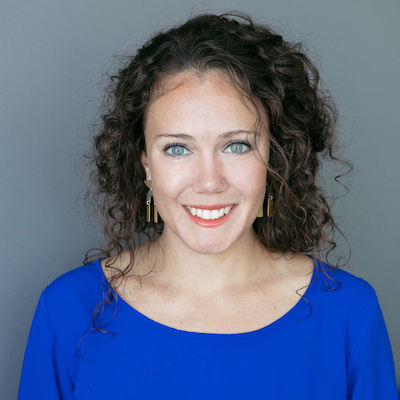
Journalists have conflated audience engagement and community engagement for way too long — and in 2022, we’ll finally start treating them as distinct, complementary newsroom functions. The first is focused on building habit, loyalty, and audience revenue. The second is about understanding voids in the local ecosystem and positioning the newsroom to help fill those.
A prediction about definitions probably sounds academic. But “audience engagement” and “community engagement” have become so buzzy and overused that they’ve ceased to have clear meanings, undermining newsrooms’ efforts to staff and perform two critical functions. Job descriptions are drowning in jargon that mask the fact that many newsrooms don’t really know what those jobs entail.
At INN Days in 2021, Anna Nirmala, John Ketchum, and I began trying to untangle the terms “audience” and “community.” We asked several news leaders how they would distinguish between being audience-centric and community-centric. Some consistent threads emerged.
When I think of audience-centric, I think of being very data-driven in your decision-making — analyzing the performance of articles and newsletters and incorporating that into your decision-making.
Community-driven, to me, is one-to-one. It’s physically or digitally appearing where people are and listening to what they think and incorporating that into your decision-making.
Mazin Sidahmed, Documented
Audience-centric reporting — which centers the people currently reading our journalism — is important to us, as is listening to our audience to determine what journalism they want and need…
To us, community-centric reporting centers the community the story is about and rings true to that community. Hopefully when this work is done well, it is interesting and unearths some insight for people outside that community who may be part of our audience. And when the reporting is truly community-centric, it can potentially bring those community members into our audience.
Erica Peterson, Mountain State Spotlight
We use audience data and surveys to know and understand our audience, and we continually optimize how we deliver news based on the needs of our readers. We also find ways to constantly and consistently engage with our audience with the goal of enhancing readers’ lives through the content and resources we share…
Community-centric is about embedding ourselves in communities and building relationships with community stakeholders so we can build trust and deepen loyalty among readers. By being present, literally and intellectually, we can better understand the needs of communities and shine a light on issues that matter most to those readers. Listening and understanding leads to more meaningful storytelling.
Lauchlin Fields, Mississippi Today
The term audience is most often attached to numbers, data, and this silent question of what can we get out of one another to meet our personal needs. There is also the larger and more self-defeating problem of ‘the audience’ being defined in many newsrooms as white, cis-gendered, and not disabled.
Community-centric turns that on its side and asks us to consider who people are, what the collective needs to make the individual more sustained, and how we can be of service to one another.
Candice Fortman, Outlier Media
There are revenue imperatives to understanding the difference between the two.
As local newsrooms turn to philanthropic support and corporate sponsorships for larger slices of their revenue pie, it won’t be enough to show consistent audience growth or strong membership conversion rates from a newsletter.
“Local news is good for democracy” isn’t going to cut it much longer, either. There is immense need in every community for every sector. If local newsrooms are going to rank alongside direct service providers seeking support from the same philanthropic people and institutions, newsrooms will have to show that they are listening beyond their existing audience and taking steps to strengthen the community, not just report on it.
But news organizations’ development officers can’t pitch their work as community service if there isn’t evidence to back it up. Here at Southern California Public Radio, direct service provision looks like answering more than 6,000 questions about Covid-19 to help keep Angelenos safe and producing a guide for students of all ages to overcome obstacles on the path to higher education. (SCPR operates the public radio station KPCC and the digital news site LAist.)
Newsrooms will also have to learn how to tell a story about their community and situate themselves within that story. Jay Allred from the Richland Source suggests that newsrooms position themselves as a “wise and trustworthy guide,” not the hero nor someone who remains at arm’s length. Allred’s advice corroborates what the Membership Puzzle Project learned in its research into what motivates people to become members— you’re inviting people to join a cause, to fix something that feels broken in the world.
Newsrooms won’t find the key to any of this in their analytics. This is where processes and disciplines such as information needs assessments, stakeholder and asset mapping, listening sessions, human-centered design, and systems thinking come in. And they’re going to need someone to lead that work — someone who isn’t also tasked with executing audience growth and retention tactics such as A/B testing newsletter subject lines, SEO optimization, and heading off member churn.
Investing in this work will do good for reporting and product development, too, not just fundraising. The journalism will hew closer to the community’s information needs, editorial staff will better understand how people in their coverage area seek and consume information, and the story they tell about their community will ring truer.
As far as predictions go, I think this is a pretty safe one (which is good, since my 2021 prediction that local newsrooms would loosen their paywalls turned out to be spectacularly wrong).
Why do I think it’s such a safe bet? My newsroom is already doing it. In November, I joined SCPR as its first senior editor for community engagement. I oversee our engagement team, which handles what we would describe primarily as community engagement — hosting listening sessions and researching the information needs of Angelenos underserved by journalism, among other things. The LAist digital team handles what we would describe as audience engagement. Their portfolio includes newsletters, social distribution, and SEO strategy. The two teams collaborate on campaigns, editorial routines, and products that enrich the lives of Angelenos, such as callouts and the repackaging of site content for social-first storytelling.
One of the first things we’re tackling is a clearer understanding of my role operationalizing community engagement and the audience team’s role bringing readers and listeners down the audience funnel. Success will require not just close coordination between these two teams, but a recognition that we serve overlapping but different functions in our newsroom — for example, making sure the insights gained from community engagement make their way into audience, product, and editorial decisions, too.
We’re not the only ones taking this step. The Philadelphia Inquirer recently hired its first senior editor for communities and engagement. The Lenfest Institute announcement says this role is responsible for centering the region’s diverse communities in The Inquirer’s journalism.
The idea of separate teams for audience engagement and community engagement is laughable for small newsrooms. But even on a mighty team of one, it’s important to be clear about which of these functions you’re working on at any given time. When you speak on a panel, audience engagement means getting the email address of all registrants so you can add them to your newsletter list. Community engagement means making time for 1:1 conversations with people who can tell you what your work is missing. By understanding these as two distinct functions, newsrooms are unlikely to forget about one while pursuing the other.
In 2022, local newsrooms will invest in both. Their quest for sustainability requires it.
I have two other 2022 predictions:
We will grapple with how to talk about biased sources of funding.
As more communities lose their corporate legacy news outlets in the next couple years, the news entrepreneurs who stepped up to fill the void will begin to grapple with one of our next big ethical quandaries: If they want to keep essential information outside of a paywall, they will have to seek out individuals and foundations with deep pockets. Those deep pockets will come with agendas that they can’t avoid talking about.
Newsrooms will have to get comfortable with a new kind of transparency if they are going to be trusted and sustainable. That’s especially true for startups who lack a longstanding relationship with traditional sources of philanthropic funding.
We will see a rocky shift from certain funding sources being too partisan or agenda-driven to be acceptable (our current state) to accepting those sources of funding and learning how to be hyper-transparent about where they come from and how they protect the integrity of the journalism.
To be extra clear, I am not talking about becoming okay with the plethora of “pink slime” local news outlets that have popped up in the last few years. I am talking about the fact that trustworthy local journalism costs money, and local media startups may be hard-pressed to start accepting funding from complicated places. Courier Newsroom, owned by Good Information Inc., is already tackling this (more about that here, here, and here.)
Creators will bundle in order to offer more vibrant communities.
As media companies of all sizes seek to cultivate a community among their most loyal audience members, solo media entrepreneurs will combine their audiences on Discord servers, Slack workspaces, and other places where they bring people together for online conversation.On their own, few solo entrepreneurs have enough superfans to create the kind of serendipitous, enriching conversations sought by the Very Online people who subscribe to Substacks. But bring a few publications together, and they just might.
That’s the idea behind the Discord server Sidechannel, which brings together subscribers of newsletters penned by Casey Newton, Delia Cai, Anne Helen Peterson, Nick Quah, Charlie Warzel, Ryan Broderick, Eric Newcomer, and Kim Zetter (read Casey Newton’s announcement.) Every, a bundle of newsletters and podcasts on the future of business and work, doesn’t do this, but it would be an obvious way to add value to the subscription.
In 2022, we’ll see other creators take similar steps.
Ariel Zirulnick is senior editor for community engagement at Southern California Public Radio.
j. Siguru Wahutu

Larry Ryckman

Chicas Poderosas

Jonas Kaiser

Julia Munslow

Stephen Fowler

Matthew Pressman

Tamar Charney

Parker Molloy

Stefanie Murray

Jennifer Brandel

Moreno Cruz Osório

Izabella Kaminska
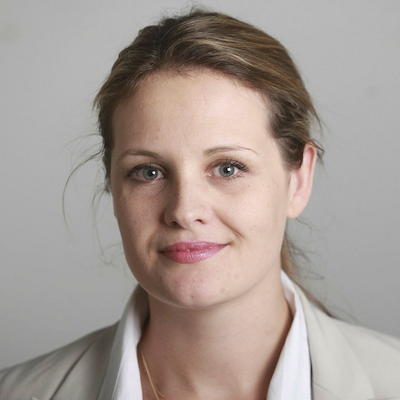
Mary Walter-Brown

Jessica Clark

Joe Amditis

Rachel Glickhouse

Andrew Freedman

S. Mitra Kalita

Matt DeRienzo

Eric Nuzum

Sarah Marshall

Victor Pickard

Gabe Schneider

Joni Deutsch

Anika Anand

Amara Aguilar

Don Day

Raney Aronson-Rath

Francesco Zaffarano

Chase Davis

Cherian George
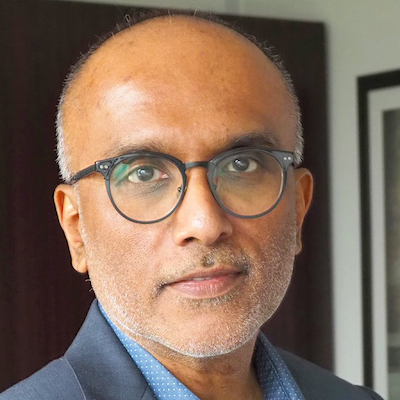
Mike Rispoli
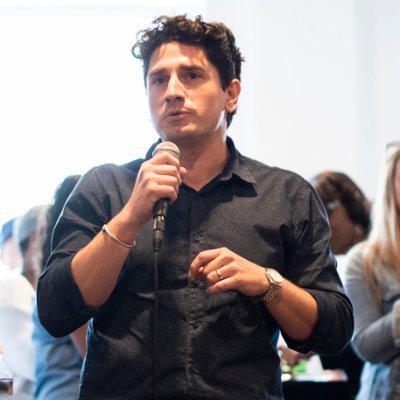
Jennifer Coogan

Christoph Mergerson
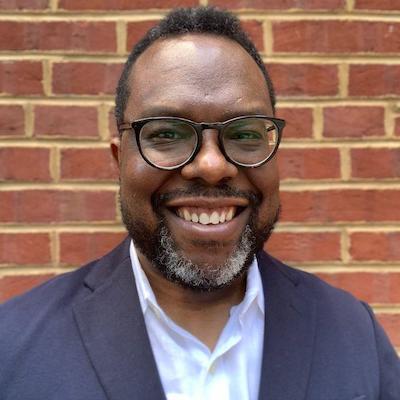
Kerri Hoffman
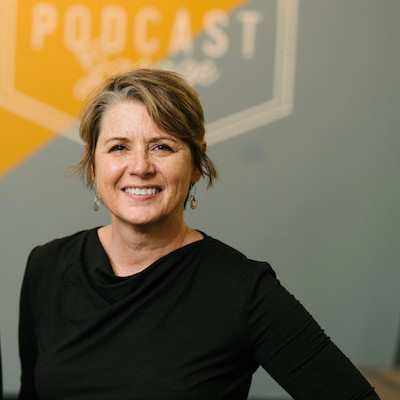
Ariel Zirulnick

Shannon McGregor Carolyn Schmitt

Juleyka Lantigua

Anthony Nadler

Ståle Grut

Kristen Muller

Meena Thiruvengadam
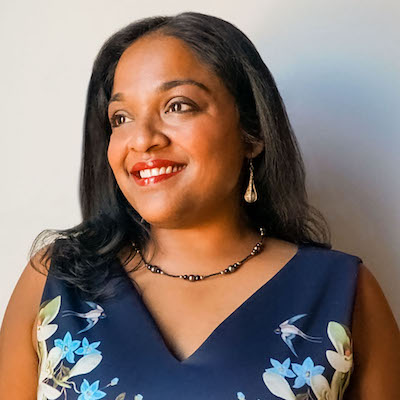
Amy Schmitz Weiss
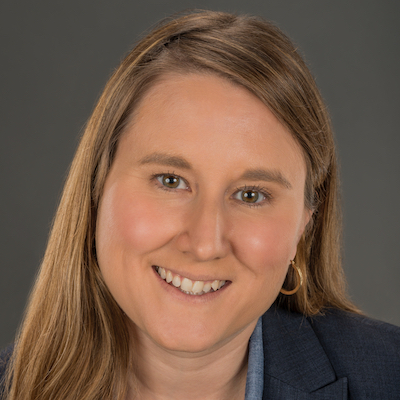
Tom Trewinnard

Shalabh Upadhyay
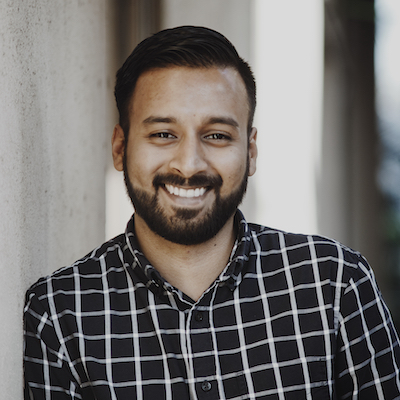
Jim Friedlich

Anita Varma
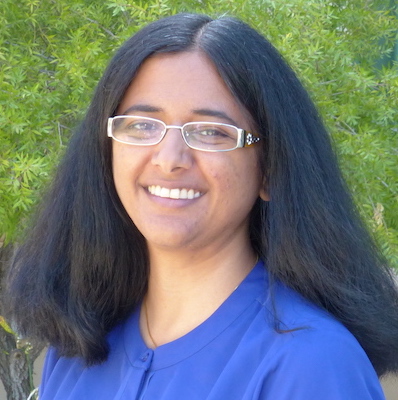
Joy Mayer

Rasmus Kleis Nielsen

Cristina Tardáguila

Jody Brannon

Julia Angwin

Mandy Jenkins

Catalina Albeanu

Gonzalo del Peon

Simon Allison

Millie Tran

Megan McCarthy

Alice Antheaume

Kathleen Searles Rebekah Trumble

Jesenia De Moya Correa
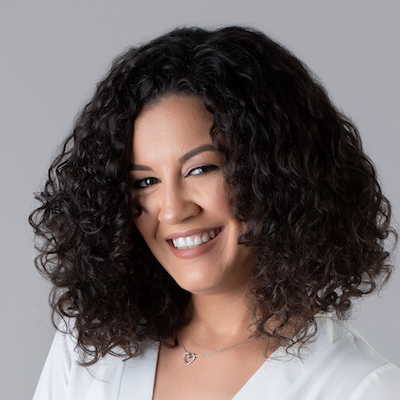
Mario García
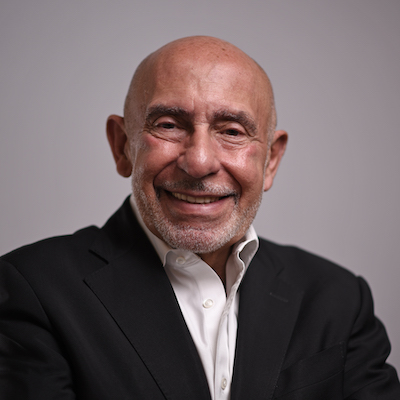
Wilson Liévano
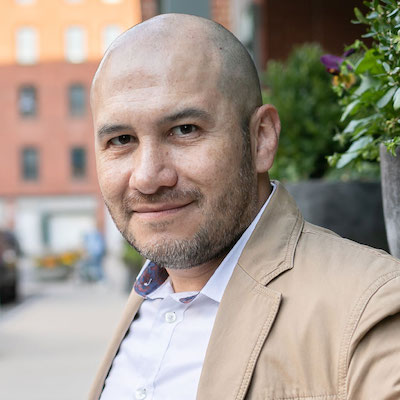
Errin Haines

Sam Guzik

Christina Shih

Jesse Holcomb

Janelle Salanga

Paul Cheung

Natalia Viana
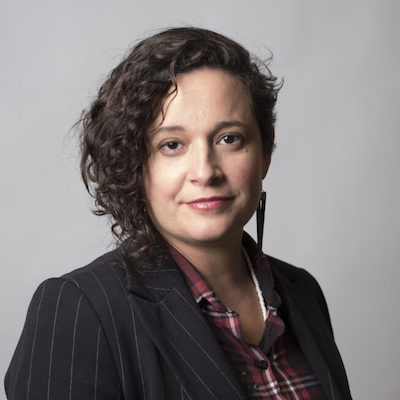
Richard Tofel

Tony Baranowski

Melody Kramer

John Davidow

Kristen Jeffers
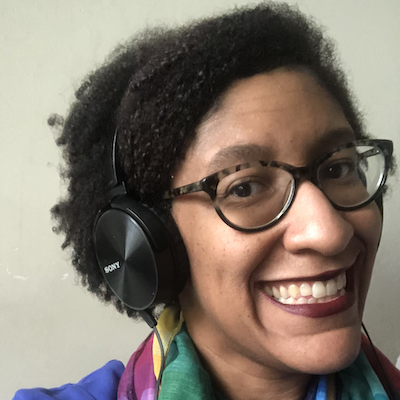
Matt Karolian
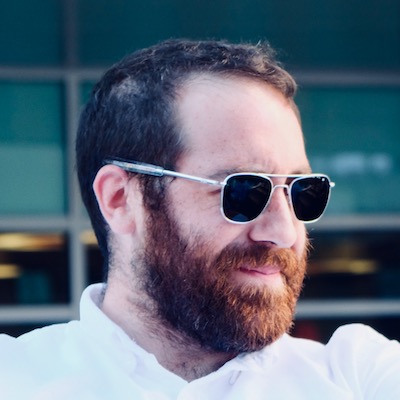
Cindy Royal

Laxmi Parthasarathy

Candace Amos
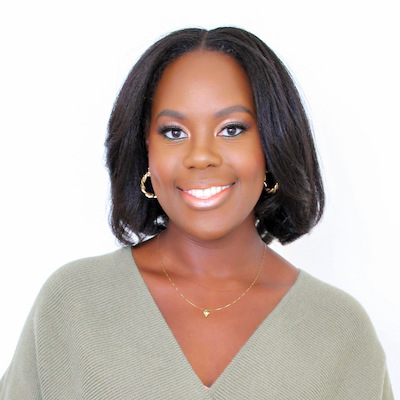
Michael W. Wagner

A.J. Bauer

Doris Truong
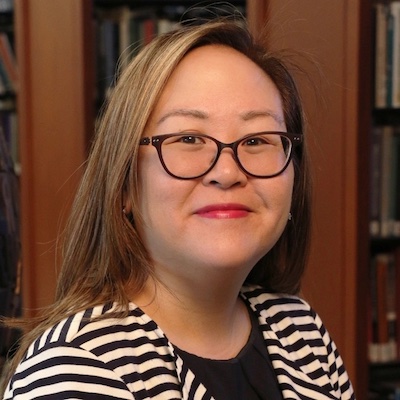
David Cohn

Nikki Usher

Zizi Papacharissi
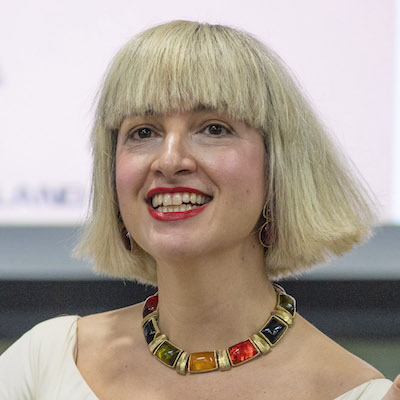
Gordon Crovitz

Sarah Stonbely

James Green

Robert Hernandez
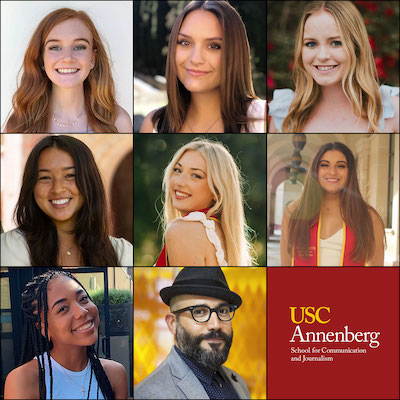
Simon Galperin

David Skok

Kendra Pierre-Louis

Joanne McNeil

Daniel Eilemberg

Brian Moritz

Burt Herman
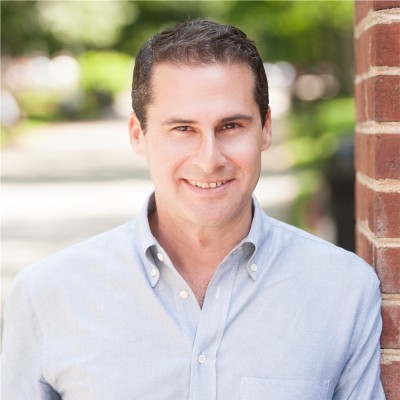
Whitney Phillips

Joshua P. Darr

AX Mina
